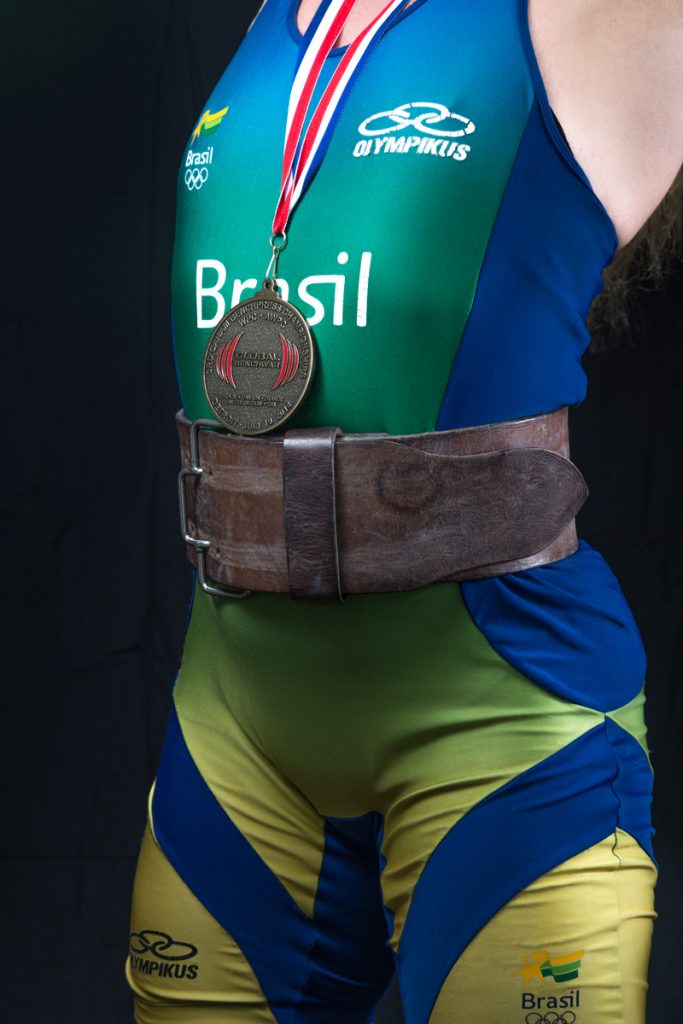I have just been asked a question about the lifting belt:
Daniel – Thank you Marilia! I am essentially asking what is a reasonable point at which to begin using a lifting belt for squats and deadlifts. I have observed a lot of people using a lifting belt with very small weights and I am unsure if this is correct. Simultaneously, I am concerned that it may become a ‘crutch’; I have weak abdominals and I often cave with my chest on squats. It is truly abominable. When I have squatted with a belt I have much more abdominal/lumbar stability, but I’m not sure if I’d somehow be impeding my more general strength adaptation in this way.
Marilia – Maybe the rarest and mythical beasts plus the torture and stuff were introduced by the Google Translator Goblins. So, let’s see, Daniel The Second. You are right in both your observations: using the belt does give you an instant extra stability that makes you feel happy. There are several studies concerning the lifting belt and its potential benefits, none of which address what you really want to know: how does it work for near maximal loads? Well, it works different than people think. The carry-over provided by the lifting belt is, as everybody knows, partly a consequence of the lumbar stability plus the intra-abdominal pressure. But how exactly does that provide carry-over, if at all? The trick is that you instinctively use your abdominal muscles in the exact opposite way you use them when they are the major stabilizers with no belt: you PROTRUDE them against the thick wall of the belt. You actually push yourself against the belt. You with me?
So, if you do that in near maximal loads, it will give you a measurable carry-over and any good lifter can tell you that. But what if you start using the belt for under 85%-90% loads? And you are right again: you start getting WEAK. As I always tell my students, “stability is the mother of strength”. Using the lifting belt for light loads, having already used them for near-maximal loads will make you do exactly the same maneuver done for those: you protrude your abdominal muscles against the belt. With time, that becomes automatized and YOU BECOME WEAK because your LOSE CORE STABILITY.
There’s one more point here: it is dangerous. Some lifters believe the belt must be used always – at all times. So there was this lifter, a heavy weight (aka fat), who had his friend adjust his belt in a hurry, and he did it slightly looser than the lifter was used to. That resulted in something I had never seen before: a muscle tear in the rectus abdominis. Yes, horrible. Because all this lifter knew was to push his belly against the belt. The belt was loose. So… I guess I made my point. Did this help?
Daniel – Thank you for the detailed response – one thing that confuses me is that in the absence of a belt, are we not supposed to be pushing our abdominals out? I was under the impression that there was nothing we should be doing different, with or without belt?
Marilia – Not at all: try it. If you push your belly out, you will hyper-extend your spine and therefore be unable to keep spine neutrality. As a consequence, you can’t keep your trunck as vertical as possible, bending forward, which is really, really bad for the squat, for you, for your knees – a total screw up. You must concentrate on contracting your abdomen as much as you can. The difference in technical quality when you see a lifter learn how to do this is amazing.

